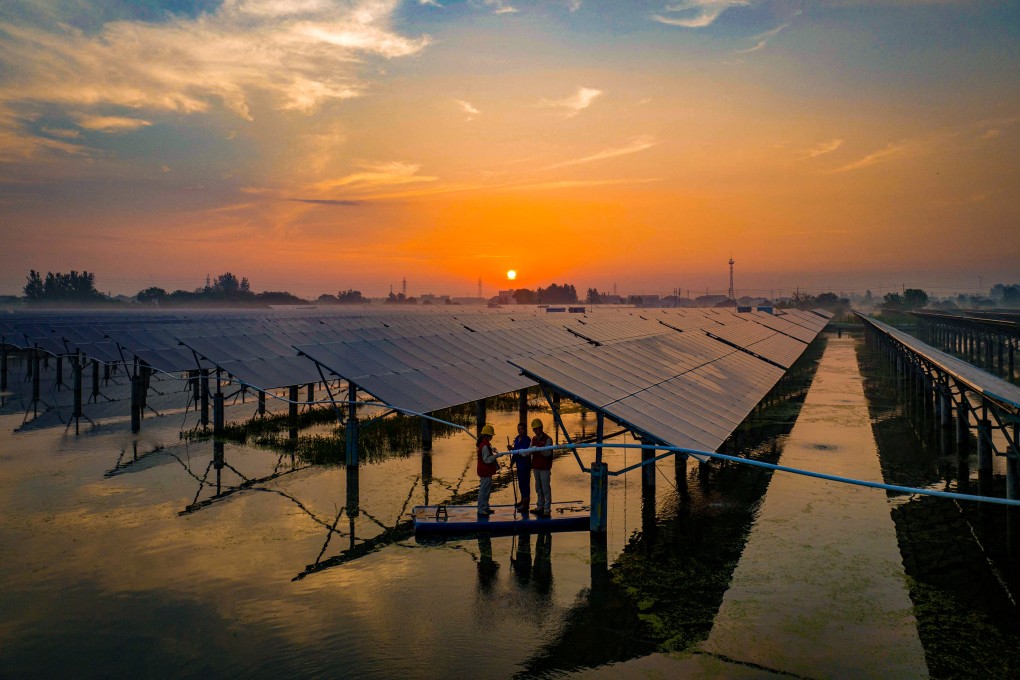Advertisement
Letters | Climate change: all possible solutions should be explored – but with caution
- Readers discuss the potentially risky method of solar radiation modification to cool the planet, the real reason for the fall in Chinese language standards, and how to promote the use of water dispensers in Hong Kong
Reading Time:4 minutes
Why you can trust SCMP
1

Feel strongly about these letters, or any other aspects of the news? Share your views by emailing us your Letter to the Editor at [email protected] or filling in this Google form. Submissions should not exceed 400 words, and must include your full name and address, plus a phone number for verification.
The landmark Paris Agreement of 2015 set a goal of limiting global warming to well below 2 degrees Celsius and ideally closer to 1.5 degrees. But reducing emissions of greenhouse gasses is not on track, and warming is now at 1.2 degrees. All regions will experience the impacts of climate change, and low- and middle-income countries will bear them disproportionately.
Driven by such concerns, I took part in the work of the Climate Overshoot Commission to examine all the ways in which the risks of overshoot could be reduced and managed. We felt that no stone should be left unturned.
Advertisement
One novel approach we looked into is solar radiation modification (SRM). This is a highly contentious approach to reducing global temperatures by reflecting a small portion of incoming sunlight. The leading method would mimic the effect of large volcanic eruptions, which naturally cool the planet by spraying tiny particles into the upper atmosphere.
We approached this with caution and scepticism. After all, not only is the idea shocking, but solar radiation modification would come with environmental risks, both known and unknown.
Advertisement
What’s more, the political and governance challenges are daunting. For instance, because some SRM methods appear relatively inexpensive, individual countries might unilaterally proceed in the absence of a global consensus.
Advertisement
Select Voice
Choose your listening speed
Get through articles 2x faster
1.25x
250 WPM
Slow
Average
Fast
1.25x